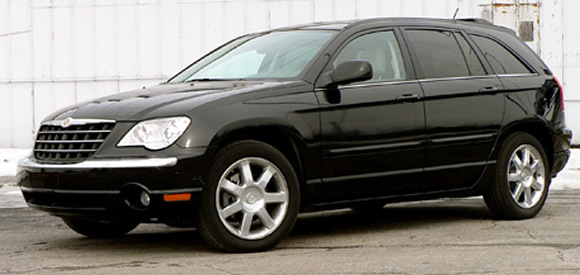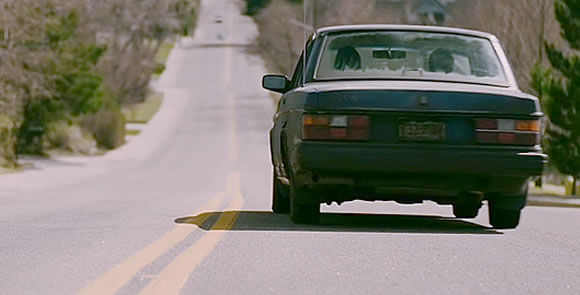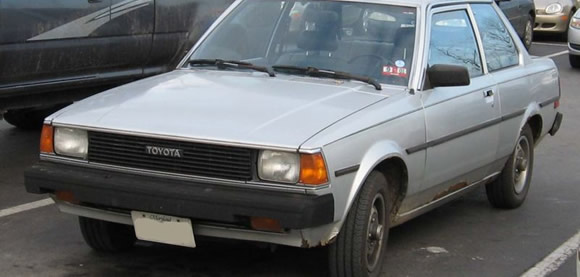 ABC Family has a new show based on the 1999 movie “10 Things I Hate About You” and from the promo it looks like a Volvo 240 is once again used as a prop to symbolize and extend the personality of one of the main characters. The driver is Kat Stratford, played by actress Lindsey Shaw. From the character description on the ABC site:
ABC Family has a new show based on the 1999 movie “10 Things I Hate About You” and from the promo it looks like a Volvo 240 is once again used as a prop to symbolize and extend the personality of one of the main characters. The driver is Kat Stratford, played by actress Lindsey Shaw. From the character description on the ABC site:
A feminist with a razor-sharp tongue, Kat possesses a strong sense of self and a keen scorn for the trappings of high school. She does have a softer side under that tough exterior, though — a fact she keeps closely guarded.
The 240 matches perfectly, as it’s the complete opposite of the trendy new vehicles the other kids in the school drive. You’ve got to have a “strong sense of self” to be seen in this tank-on-wheels. She even uses it as a weapon, getting into a battle over a spot in the school parking lot.
The characters play chicken over a parking space until Kat’s rival calls her car a dinosaur. Kat then nonchalantly rams into the front of her opponent’s Mini-Cooper, tearing off the bumper and sliding into the spot. She strides out and says “My dinosaur wanted to Jurrasic park, here.” Oh snap! Groan…
While the car may look out of place, old and insignificant, Kat uses it as a source of power and violence, establishing herself as someone who is unafraid to use brute force to get her way, regardless of the consequences to her reputation.
From the sound of the audio track, Kat is packing V8 power under the hood of her Swedish iron. The sound emerging from under the hood as she slides into the space doesn’t match any brick I’ve heard.







